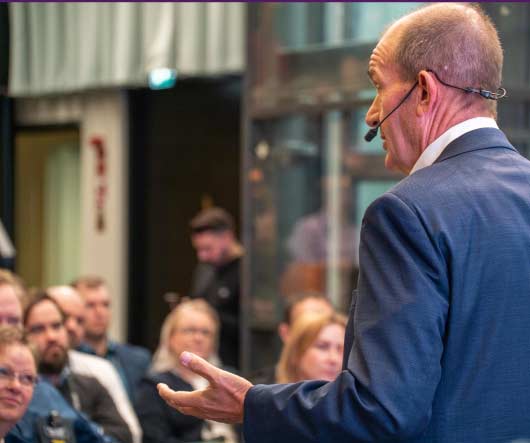People look back on their childhood and talk about how terrible it was. However, they often do it with a fondness that belies their words. Looking back at the earlier period, they feel good about it, no matter how terrible it was in their description. Customers do this, too. So, the question I pose today is, what part of your customers’ past would they want to relive?



